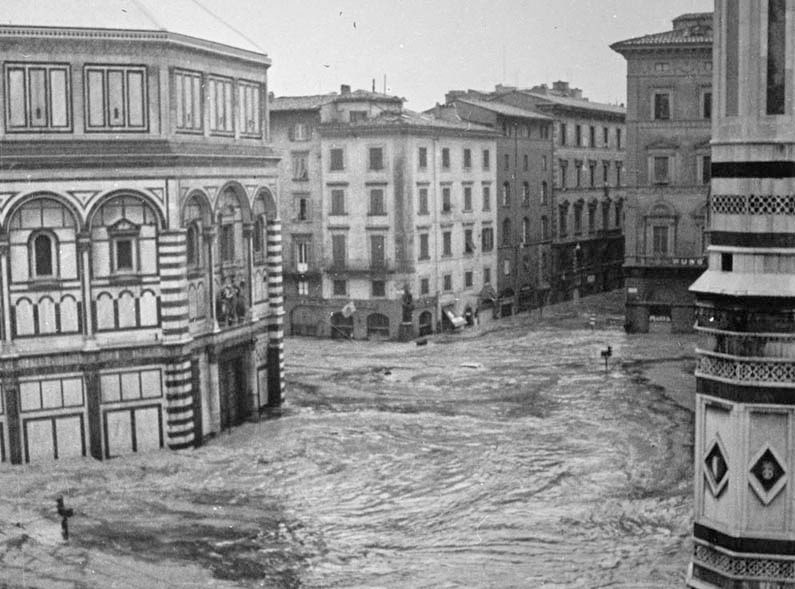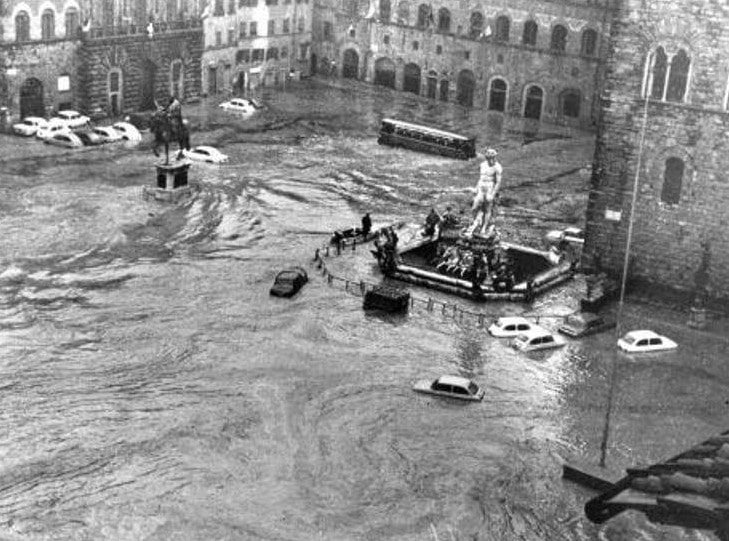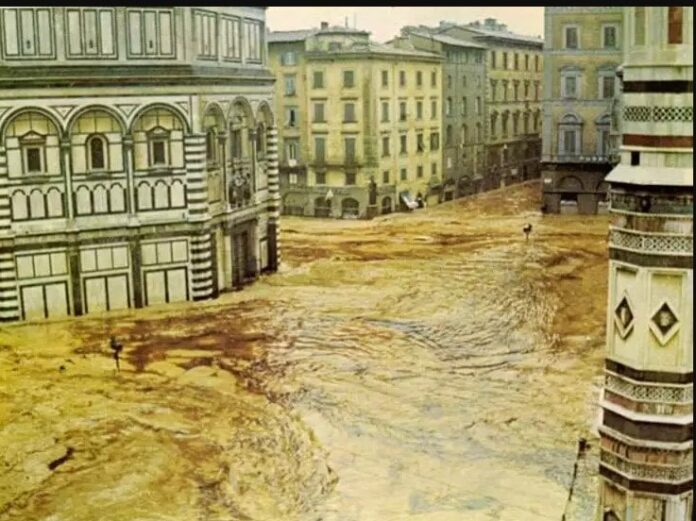From conspiracy theorists to historians and archaeologists, the idea of a “mud flood” has generated interest and discussion in a variety of fields. What is a mud flood precisely, and how has it influenced the way we think about civilization and history? The occurrence of mud floods, their consequences, and the continuing interest in this fascinating topic will all be covered in this essay.
What is a Mud Flood?
Fundamentally, a mud flood is an occurrence in which a region is suddenly flooded by mud or debris, frequently burying landscapes and buildings. Although landslides and volcanic eruptions are examples of natural processes that might cause this, the phrase has also been used to refer to occurrences that are allegedly connected to lost civilizations and secret histories. Many speculations about what may be beneath our feet have been sparked by the concept of a mud flood, especially in connection to metropolitan areas. Mud floods have historically been linked to abrupt changes in the geology. Heavy rains, for example, have the potential to saturate the ground and cause mudslides that engulf highways and homes. Sometimes, when rivers flood, silt is deposited on previously arid areas, changing the landscape very instantly.
The Historical Context of Mud Floods

Mud floods have a long history that dates back to prehistoric times. The forces of nature have affected contemporary urban settings, but previous cities have also encountered comparable difficulties. Natural calamities caused many ancient cultures to abandon or destroy their towns, according to archeological data. Such occurrences have occasionally been extensively chronicled in historical writings. For example, the Great Flood of 1927 in the United States caused severe floods and mudslides, which resulted in a large loss of life and property. The might of nature and the vulnerability of human constructions to such forces are brought home by this incident.
Mud Flood Theories and Speculation
A variety of ideas, some based on scientific reasoning and others rooted on conjecture, have been sparked by the mud flow occurrence. One of the more interesting of these hypotheses is that major mud floods happened in the 19th century, especially in places like Chicago and St. Petersburg. Many structures in these cities are partially buried, according to proponents of this hypothesis, pointing to a catastrophic catastrophe that has mostly been forgotten by conventional history. The mud flood theory’s proponents cite unusual architectural features, such buildings with windows or entrances located well below ground level. They contend that this shows that these structures were formerly above ground but have since been buried beneath sedimentary and mud layers. This viewpoint questions accepted notions of urban development.
Geological Factors Contributing to Mud Floods
To understand mud floods, one must have a solid understanding of the geological elements that contribute to the occurrence. Areas may get flooded as a consequence of the buildup of mud and sediment caused by a variety of natural processes. For instance, mudslides are significantly triggered by heavy rainfall. Saturation weakens the soil’s stability, causing mud floods that have the potential to bury everything in their path. Apart from precipitation, other geological elements like earthquakes and volcanic eruptions may also be involved. Slope instability brought on by earthquakes can result in mudflows and landslides. Lahars, which are volcanic mudflows that may destroy surrounding regions, are another effect of volcanic eruptions. These natural phenomena demonstrate how geological forces and the constructed environment interact dynamically.
The Cultural Impact of Mud Flood Narratives
The stories about mud floods have influenced creative and cultural expressions and gone beyond scientific investigation. Tales about buried cities and vanished civilizations have appeared in art, movies, and literature. This cultural influence is a reflection of our curiosity in the unknown and our want to unravel the secrets of our history.
The metaphor of a mud flood is frequently employed by writers in literature to represent the overwhelming force of change. Cultural memories and customs can be buried by societal changes, just like mud can hide what was formerly apparent. From historical fiction to dystopian books, this topic is prevalent as individuals struggle with the relics of a past that has been forgotten.The concept of mud floods has also been adopted by the creative community, which uses it as a setting for visual narratives. Artists frequently show metropolitan settings being reclaimed by nature, highlighting the fleeting nature of human accomplishment. This artwork is a potent reminder of both the transience of human works and our vulnerability to natural forces.
In addition, the study of mud floods has spurred conversations on human-nature relations and environmental stewardship. We are forced to think about our duty to protect the environment for coming generations as we contemplate how natural calamities might upend our lives.
Modern Discoveries Related to Mud Floods

Thanks to developments in technology and archaeological methods, there has been a renewed interest in the mud flood phenomena in recent years. Evidence of civilizations that may have gone through comparable apocalyptic catastrophes has been uncovered by recent findings, which have illuminated previously obscure facets of our past. For example, structures and artifacts hidden beneath sedimentary layers have been discovered during excavations in a number of metropolitan sites. Researchers have reexamined the chronologies of human habitation and progress in light of these results. As new information becomes available, what was formerly believed to be a simple historical narrative is now being revised.
Personal Reflections on Mud Floods
Thinking about the idea of mud floods might make you feel reflective. People might relate to the symbolic connotations of suppressed memories and unspoken realities. Our personal feelings and experiences can be buried beneath the surface of our life, just like mud layers might hide what’s underneath. Think about the experiences, both good and bad, that have molded you. These encounters have shaped who you are now, building up over time like sedimentary layers. Realizing the significance of these experiences can promote personal development and a better comprehension of oneself.
Furthermore, the notion of unearthing the past encourages us to investigate our own pasts. Similar to how archaeologists excavate the earth to find artifacts.
The Future of Mud Flood Research
The future of study in this field is full with opportunities as interest in the mud flow phenomena keeps growing. In order to better comprehend mud floods and their significance for human history, academics, archaeologists, and environmental scientists are working together more and more.




